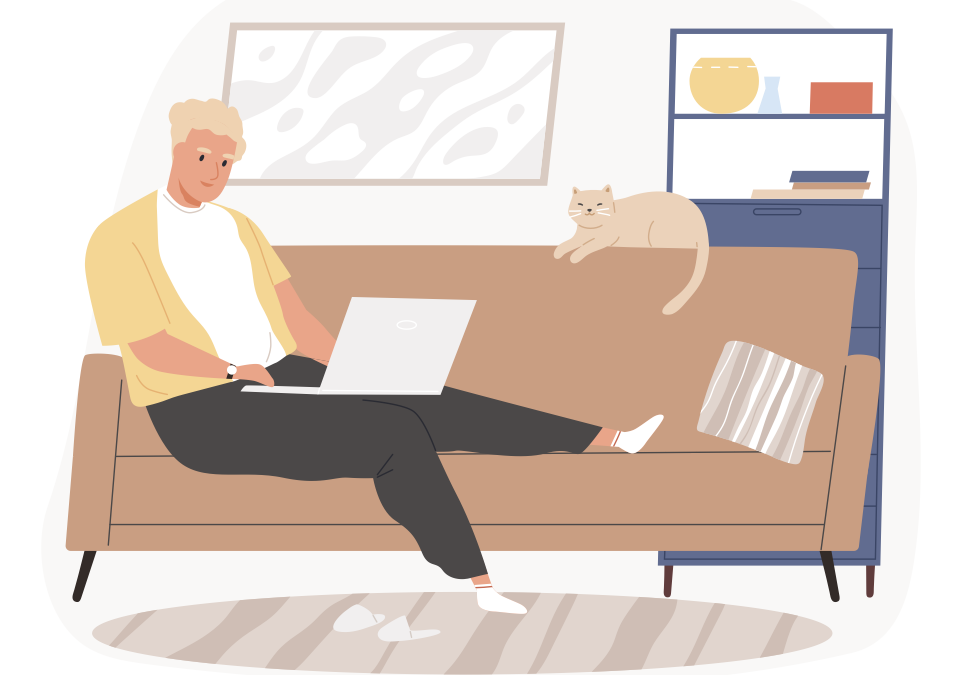Is your posture getting worse because of the way you sit? Probably. Is this affecting the way you move through life? Almost certainly. The remedy, however, is not to sit all day with better posture but, rather, to move more during the day.
The posture we hold while we work shapes our bodies and the way we move. The common ‘I sit at a desk too much’ posture shifts alignment in the neck, the shoulders and the hips. That impacts nearly everything we do with our bodies. Your performance walking, running, lifting and just moving through your day all suffer when joint alignment shifts. For the parent to lift their kids without injuries, for the weekend warrior to continue doing what they love to do, they need to keep their joints aligned by keeping posture from slipping. The good news is that improving posture might be easier than you think.
The root cause of poor posture is not a lack of discipline. The root cause is a lack of diversity in work positions. We simply are not meant to hold our bodies in singular positions for long periods of time (no matter how ergonomic we think they may be).
Now that more of us work from home, we can capitalize on the opportunity by incorporating more healthy movement into our work day. The most valuable ways we can do that are by cycling through positions and adding therapeutic micro-doses of movement. Cycling through positions will reduce postural strain dramatically and therapeutic micro-dosing of movement helps you build strength outside of workout time.

You can start by creating three positions to work in. Sitting, standing and lounging with your feet up on the couch, for example. Change positions every hour, or sooner if it’s reasonable. The difference is dramatic because you will have cut the strain of any work posture down to 33% of its original impact. If shifting around doesn’t work because you have multiple monitors, a good alternative is to attach specific activities with specific work related things. Go for a walk when you are on a call, stand up for a video conference and relax on the couch to write emails.
To add therapeutic movement into your day, decide what you want to improve, then work it into the ‘in-between’ time of your work day. Some examples are having a lacrosse ball on your desk to roll out a tight upper back while you’re on the phone, or raising your monitor and stretching tight hips while having video calls..
Building more movement into your day is more effective than the never-ending struggle of trying not to slouch. It’s a lot more fun too. Making these few changes to the way you move through your workday can not only cure your slouching habit, but keep you injury-free and help your athletic performance
For more guidance on improving your body and home office, check out the Masterclass


Recent Comments